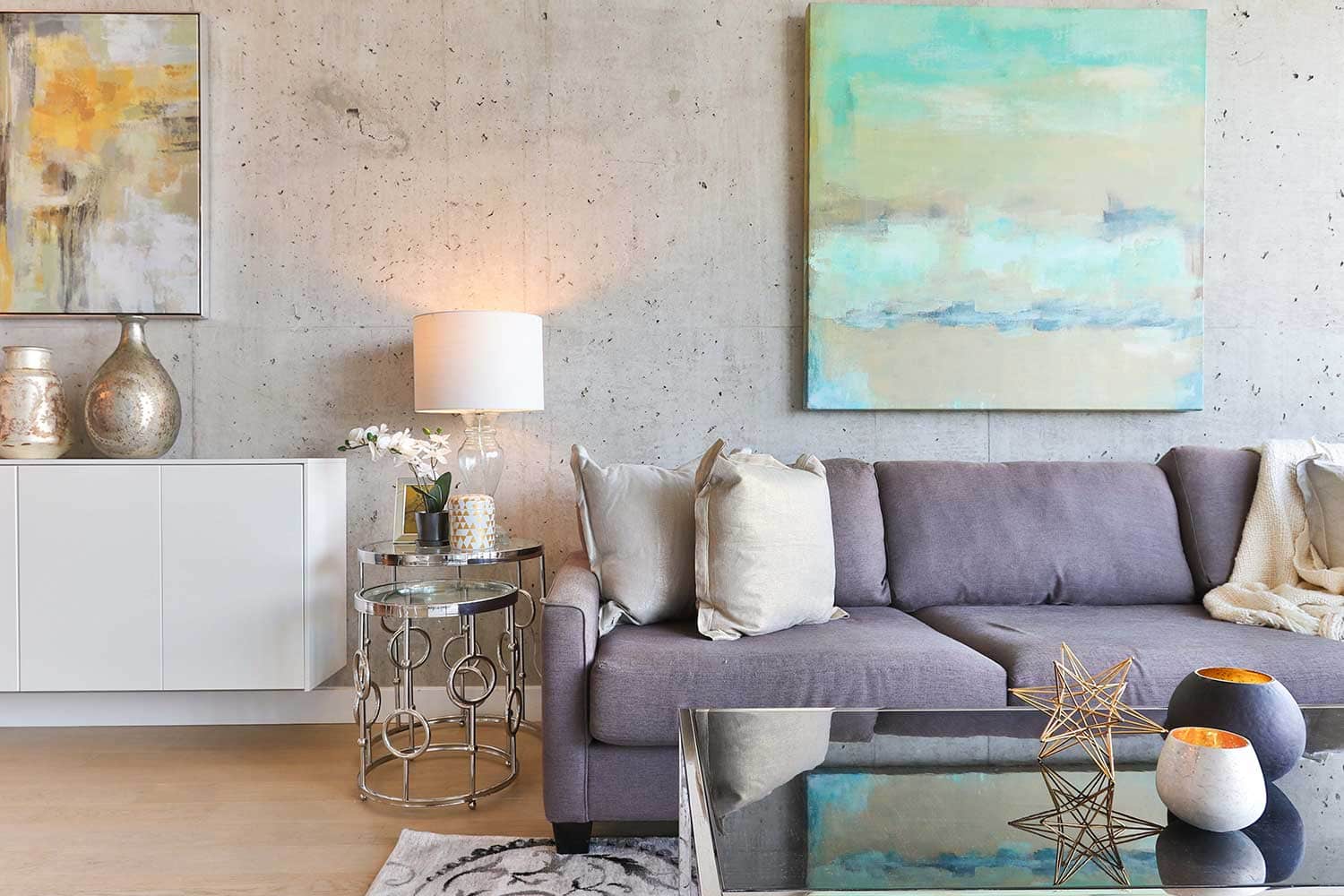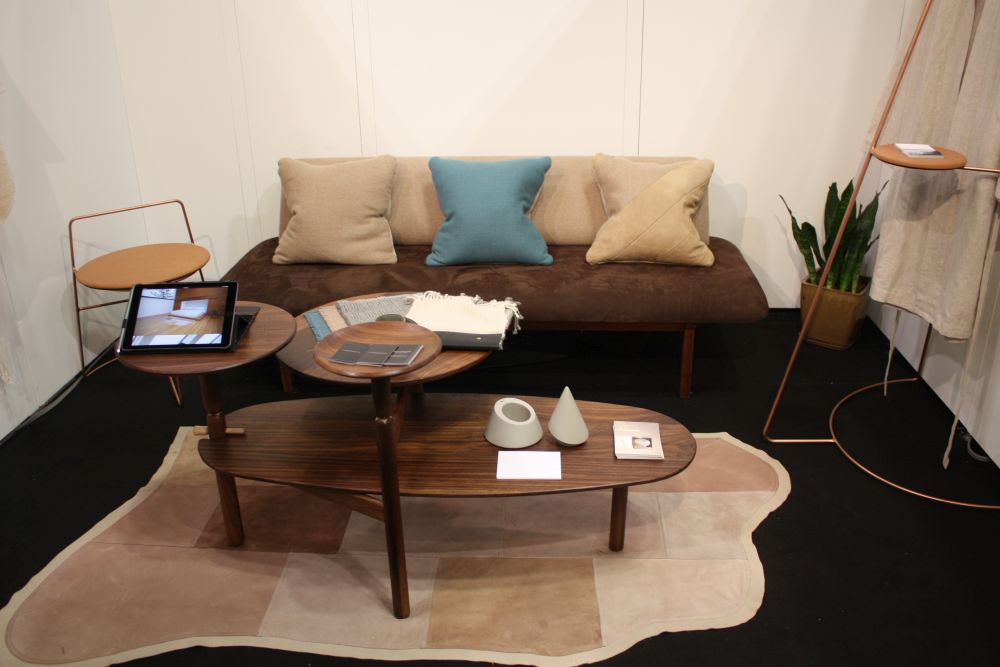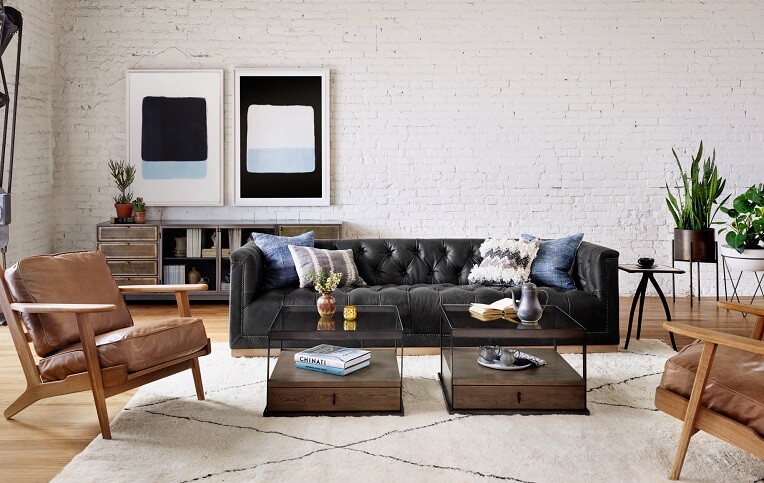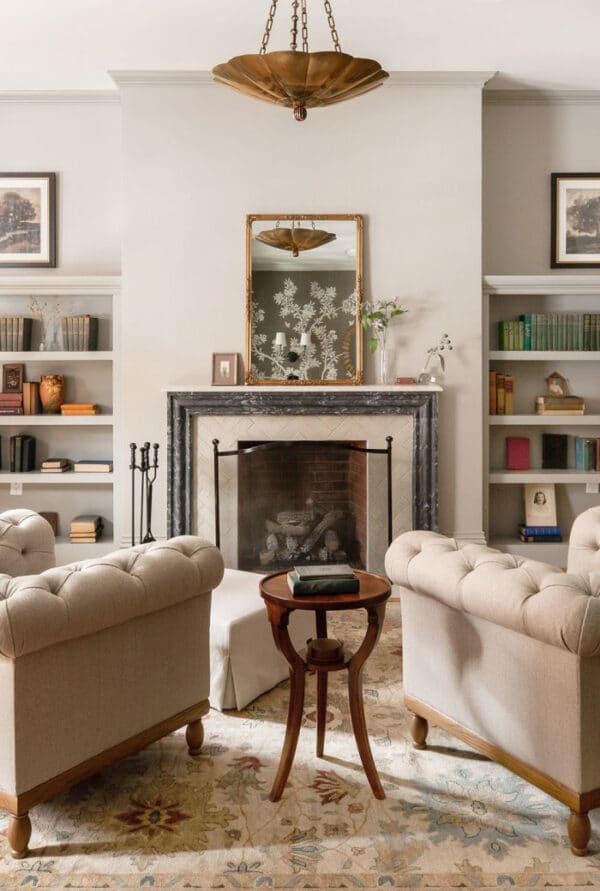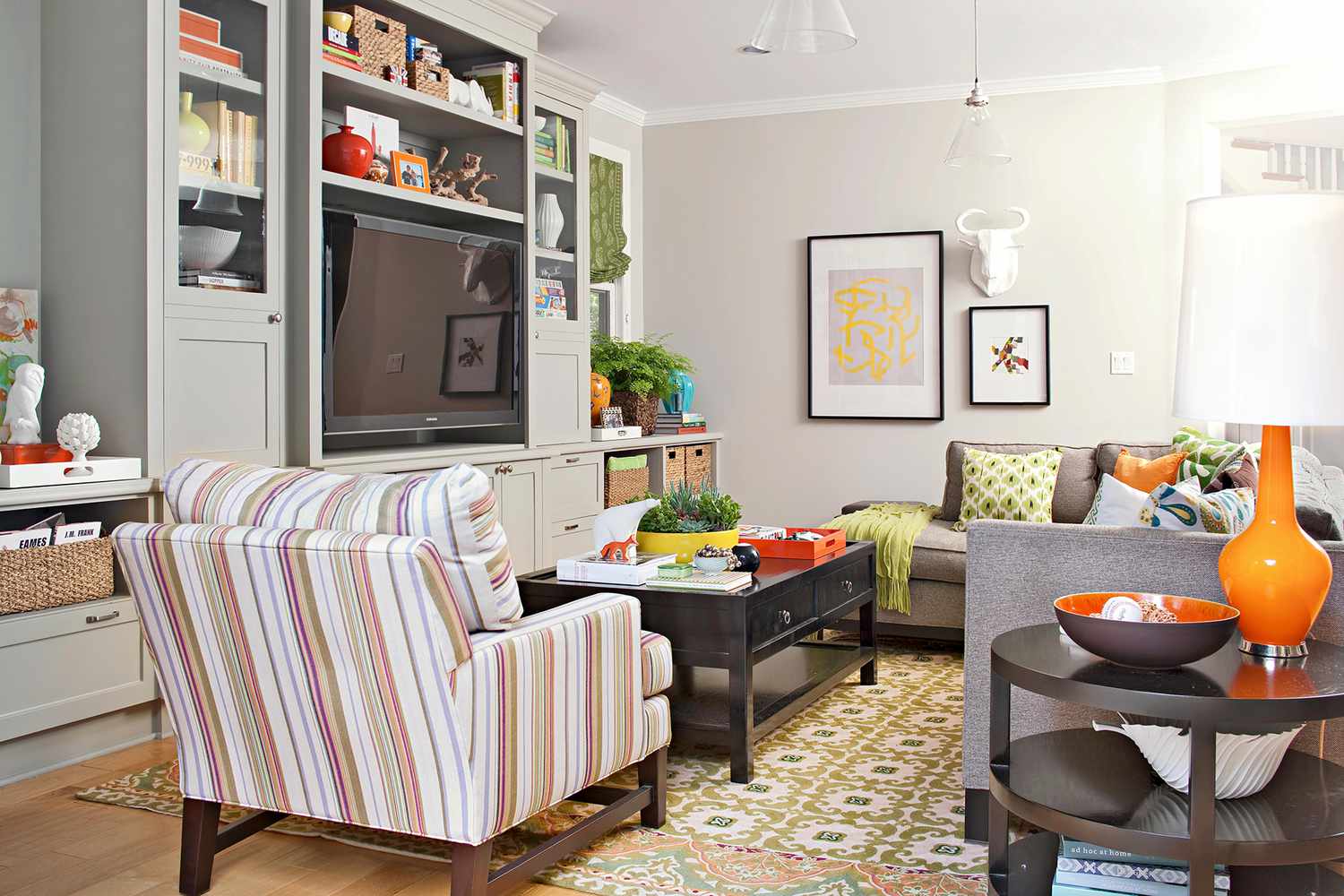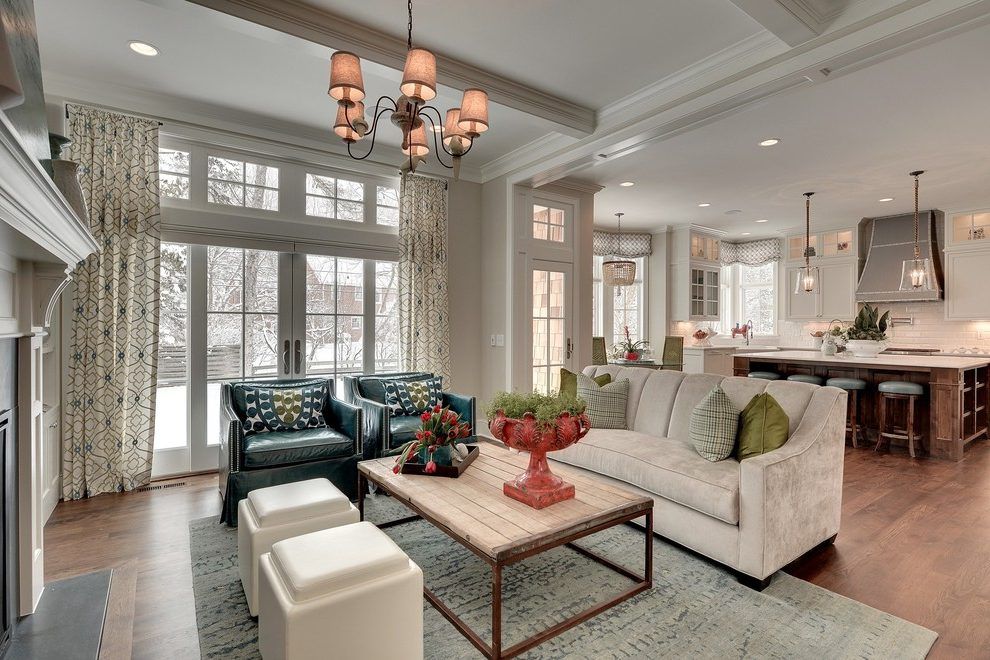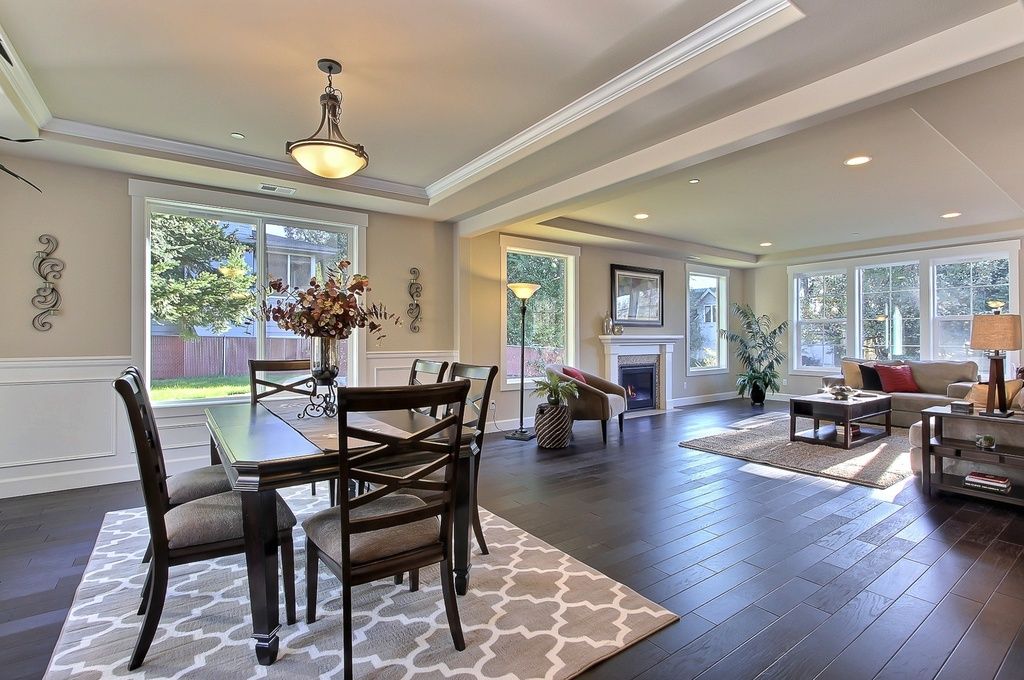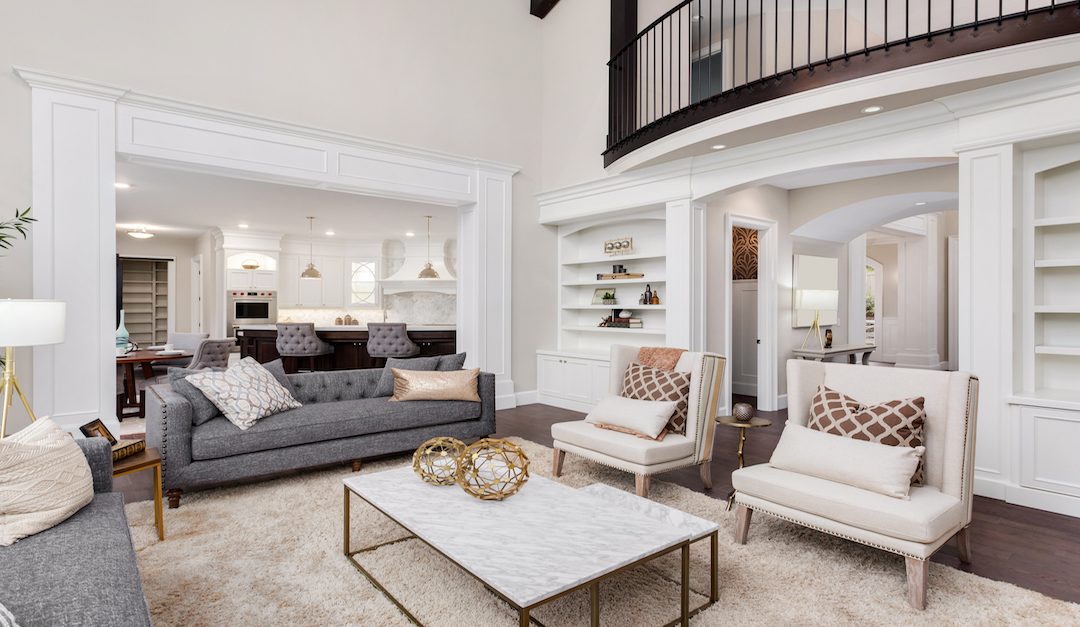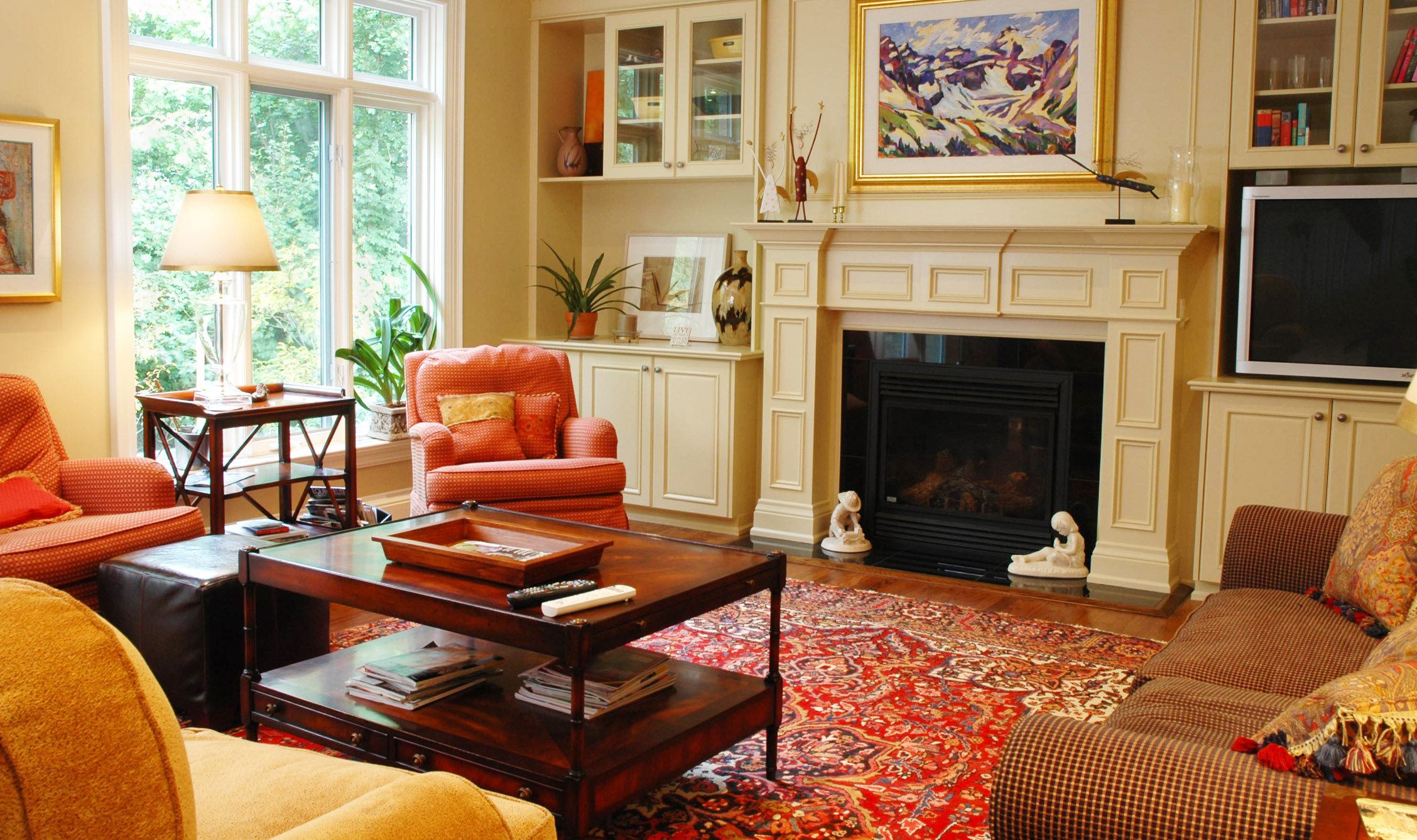If you have a small living room, you may feel limited in terms of furniture arrangement. However, with a little creativity and the right furniture pieces, you can make the most of your space and create a functional and visually appealing living room. One key tip is to choose furniture that can serve multiple purposes, such as a coffee table with hidden storage or a sofa bed for extra seating and sleeping options. When it comes to arranging furniture in a small living room, less is more. Avoid cluttering the space with too many pieces, and instead opt for a few statement pieces that can make a big impact. Use furniture with clean lines and a light color palette to create the illusion of more space. You can also consider using floating shelves or wall-mounted pieces to free up floor space and create a more open feel.Arranging Furniture in a Small Living Room
On the other hand, a large living room can present its own set of challenges when it comes to furniture arrangement. The key is to create zones within the space to make it feel more intimate and cozy. Start by dividing the room into different areas, such as a seating area, a reading nook, and an entertainment area. Then, arrange furniture within each zone to create a cohesive and functional layout. In a large living room, it's important to balance out the scale of furniture. If you have a large sofa, pair it with a big coffee table or a couple of oversized chairs. This will help create a sense of balance in the space. You can also use area rugs to anchor each zone and add warmth and texture to the room.How to Arrange Furniture in a Large Living Room
If you have a small living room, you may need to get creative with furniture arrangement to make the most of your limited space. One effective way to maximize space is to use furniture that can serve multiple purposes. For example, a storage ottoman can act as a coffee table, extra seating, and storage all in one. You can also consider using furniture with built-in storage, such as a TV stand with shelves or a bookshelf with cabinets. Another tip for maximizing space is to use furniture that can be easily moved around. This allows you to change up the layout whenever you need to, such as for hosting a party or rearranging for different activities. Consider using lightweight and modular furniture pieces that can be easily rearranged and repurposed.Maximizing Space in a Living Room with Furniture Arrangement
A cozy living room is all about creating a warm and inviting atmosphere. The right furniture placement can play a big role in achieving this. Start by arranging furniture in a way that promotes conversation and interaction. This can be done by placing seating pieces facing each other, rather than all facing the TV. You can also add warmth and texture to your living room through the use of soft furnishings, such as throw pillows, blankets, and area rugs. These elements can also help tie the room together and make it feel more cohesive. Don't be afraid to mix and match different patterns and textures for a cozy and inviting look.Creating a Cozy Living Room with Furniture Placement
Efficiency is key when it comes to arranging furniture in a living room. This means making the most of your space and creating a layout that works for your lifestyle. One efficient way to arrange furniture is to create a flow within the room. This means leaving enough space for people to move around comfortably and ensuring that there are no obstacles in the traffic flow. Another tip for efficiency is to consider the function of the room. If you use your living room mainly for watching TV, make sure the TV is the focal point and arrange furniture accordingly. If you use the room for reading or conversation, make sure there is ample seating and a cozy atmosphere.Efficient Ways to Arrange Living Room Furniture
As mentioned earlier, arranging furniture for conversation can help create a cozy and inviting living room. This means placing seating pieces in a way that promotes interaction and conversation. If you have a large living room, you can consider creating multiple conversation zones, each with its own seating arrangement. Another tip for arranging furniture for conversation is to choose comfortable and inviting seating. This can include plush armchairs, a comfortable sofa, or even floor cushions. You can also add a coffee table or side table in between seating pieces to create a place for drinks and snacks during conversations.Arranging Furniture for Conversation in a Living Room
Feng Shui is the ancient Chinese art of arranging furniture and objects in a way that promotes positive energy flow. Using Feng Shui in your living room can help create a harmonious and balanced space. Start by decluttering the room and keeping it clean and organized. In terms of furniture arrangement, consider the placement of the sofa and other large pieces in the room. It is believed that the sofa should be placed against a solid wall, with a clear view of the door. Avoid placing furniture in a way that blocks the door or windows, as this can block the flow of energy.Using Feng Shui to Arrange Living Room Furniture
For many people, the living room is a place to relax and watch TV. If you have a TV in your living room, it's important to arrange furniture in a way that allows for comfortable viewing. This means placing the TV at eye level and ensuring that there is enough seating for everyone to have a good view. You can also consider using a media console or TV stand with storage to keep the area around the TV organized and clutter-free. This will also help create a cohesive look in the room. For a more relaxed and casual feel, you can opt for a sectional sofa with a chaise lounge, perfect for lounging and watching TV.Arranging Furniture for a TV in the Living Room
Open concept living rooms are becoming increasingly popular, as they provide a spacious and airy feel to a home. However, arranging furniture in an open concept living room can be challenging, as you need to create a cohesive and functional layout without blocking the flow of the space. One tip for arranging furniture in an open concept living room is to use area rugs to define different zones within the space. This can help create a sense of separation and organization. You can also use furniture, such as a sofa or a bookshelf, as a divider between different areas.Arranging Furniture in an Open Concept Living Room
In today's modern homes, the living room is often used for multiple purposes, such as a home office, a playroom, or a workout space. When arranging furniture for a multi-purpose living room, it's important to create a layout that allows for easy transition between activities. One way to do this is by using furniture that can be easily moved or repurposed. For example, a desk can double as a console table, and a storage ottoman can also act as a coffee table. You can also use room dividers, such as bookshelves or screens, to create separate zones within the living room for different activities.Arranging Furniture for a Multi-Purpose Living Room
Different Ways To Arrange Living Room Furniture

The living room is often considered the heart of the house, where families gather and friends come together to relax and socialize. It is a space that should be comfortable, inviting, and well-arranged to accommodate various activities. However, arranging furniture in a living room can be a challenging task, especially when there are different layouts and styles to consider. In this article, we will explore various ways to arrange living room furniture to help you create a functional and aesthetically pleasing space.
1. Consider the Function of Your Living Room
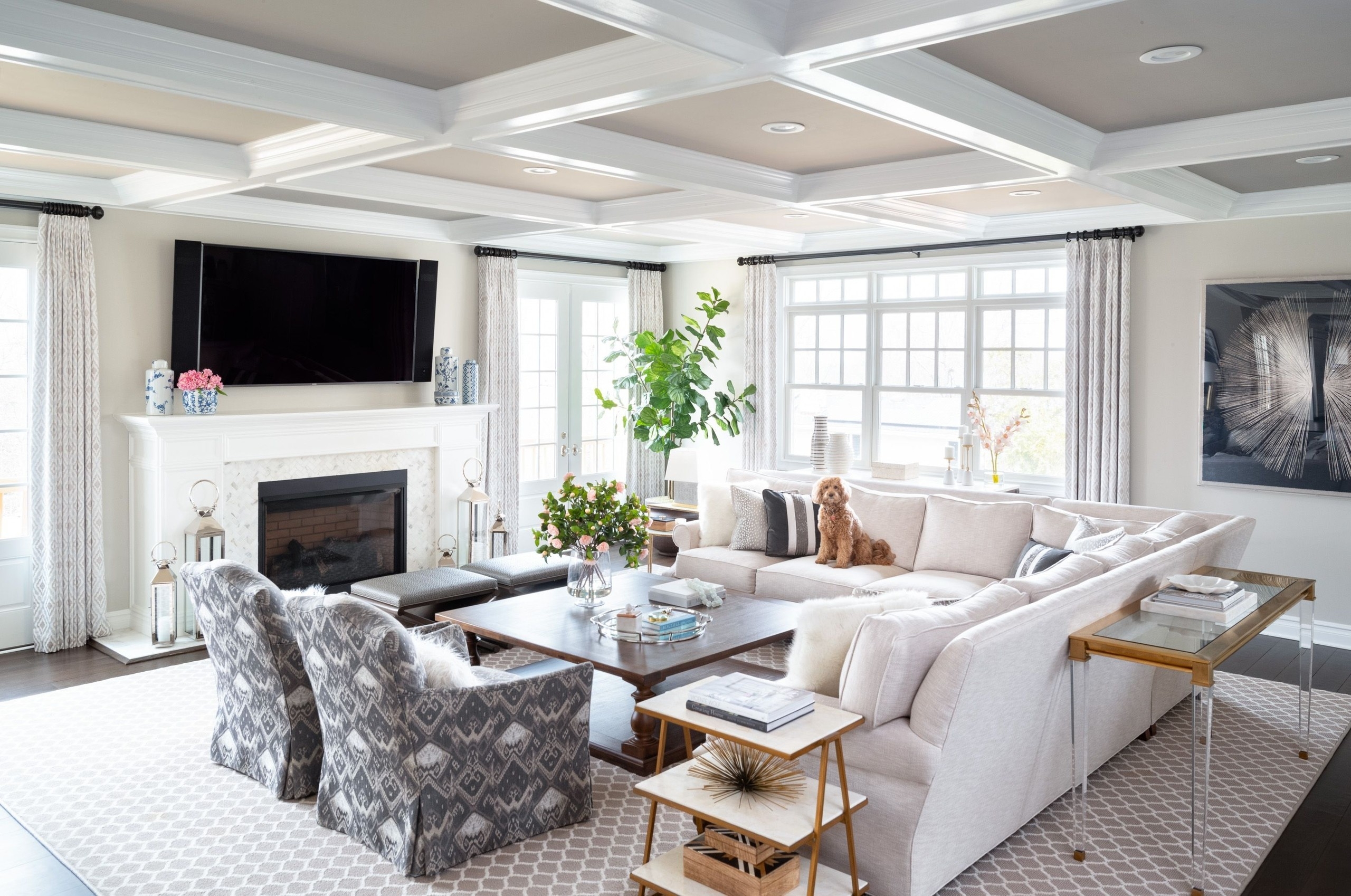
Before rearranging your furniture, it is essential to determine the primary function of your living room. Will it be used for hosting guests, watching TV, or as a multi-functional space? This will help you decide on the layout and furniture pieces needed for your living room.
2. Utilize the Space Wisely
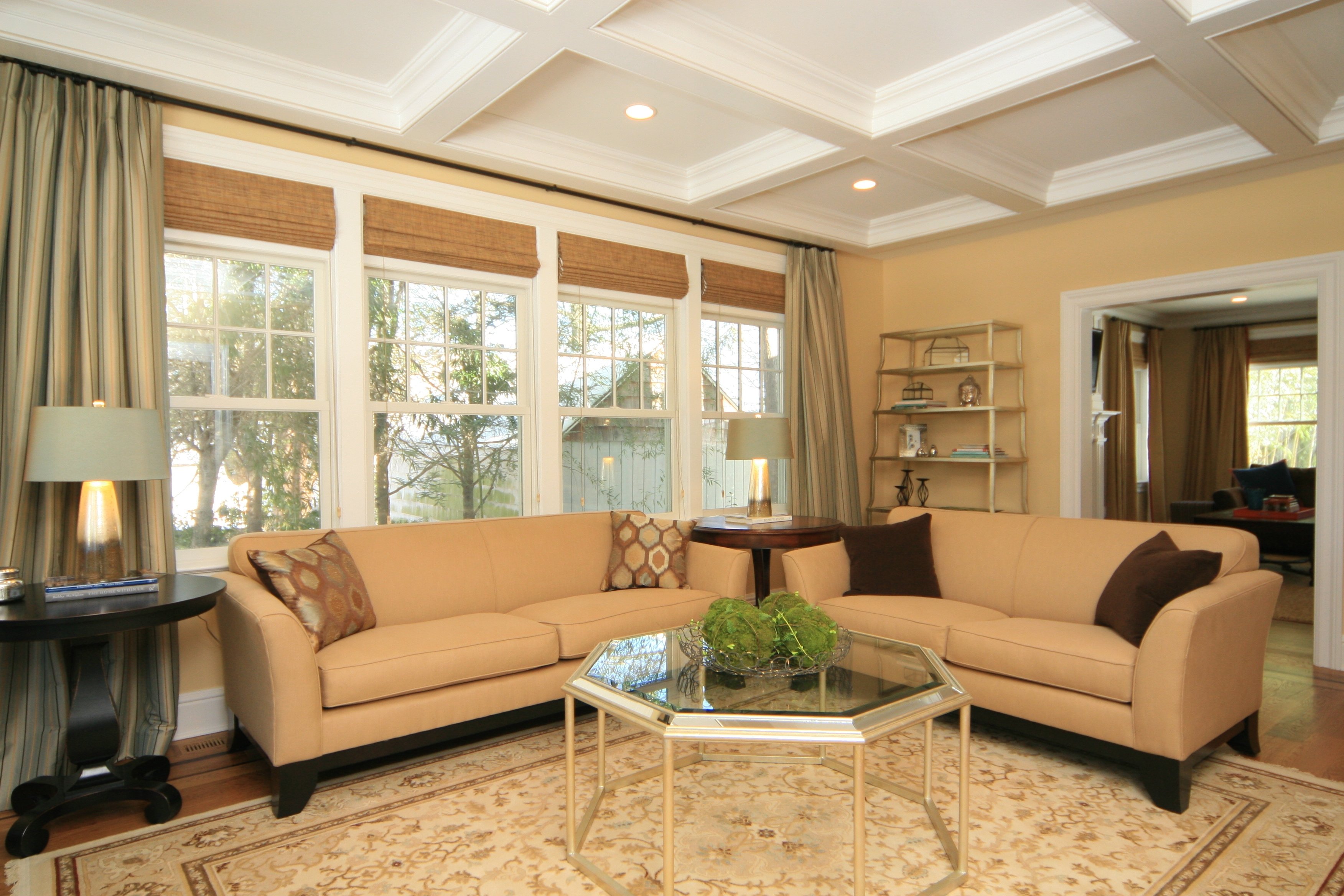
Make the most out of your living room by utilizing the space efficiently. Maximize the use of corners by placing a cozy armchair or a small table. Use multi-functional furniture such as a coffee table with storage or a sofa bed to save space. If your living room is small, consider floating furniture off the walls to create an illusion of more space.
3. Create a Focal Point

A focal point is a dominant element in a room that draws attention and anchors the space. It can be a fireplace, a large window, or a piece of artwork. Arrange your furniture around the focal point to create a cohesive and balanced look . Avoid placing large furniture pieces in front of the focal point, as it can disrupt the flow of the room.
4. Create Conversation Areas
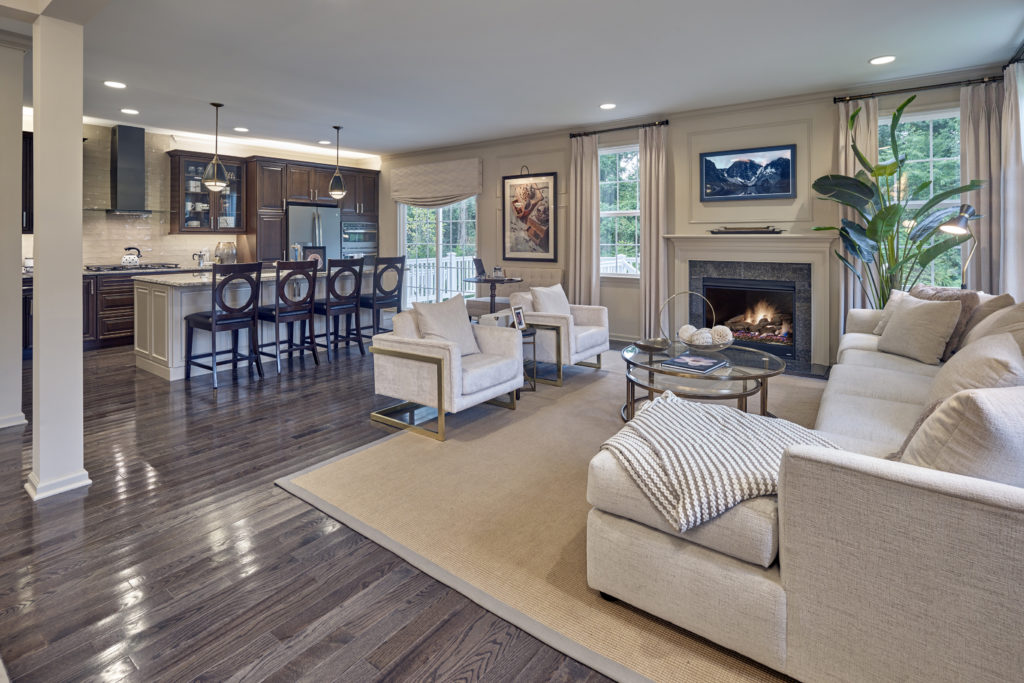
In a large living room, creating multiple conversation areas can make the space feel more intimate and cozy. Place two sofas facing each other, with a coffee table in between, to create a conversation area. You can also add a couple of armchairs and a side table to create another conversation spot.
5. Don't Forget About Traffic Flow

When arranging furniture in a living room, it is crucial to consider the traffic flow in the space. Ensure that there is enough space for people to move around comfortably without bumping into furniture. Leave at least 18 inches of space between furniture pieces to allow for easy movement.
With these different ways to arrange living room furniture , you can create a functional and visually appealing space that suits your lifestyle and needs. Remember to take measurements and plan your layout before moving furniture around. With a bit of creativity and strategic placement, you can transform your living room into a beautiful and inviting space.

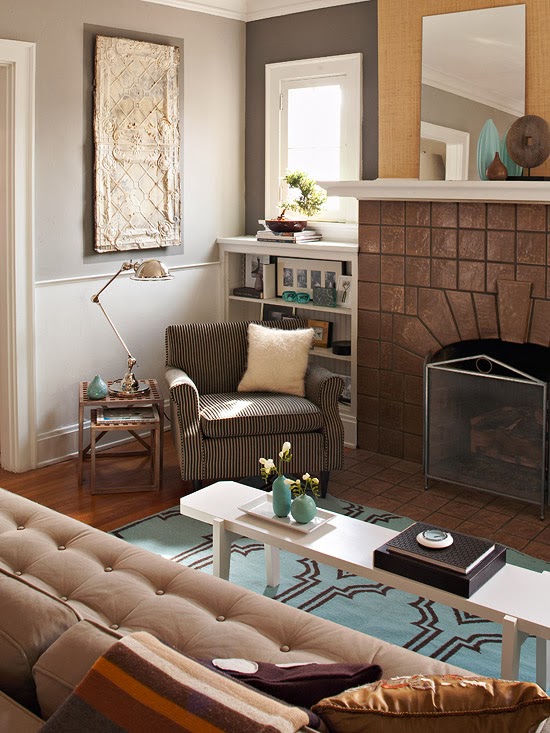



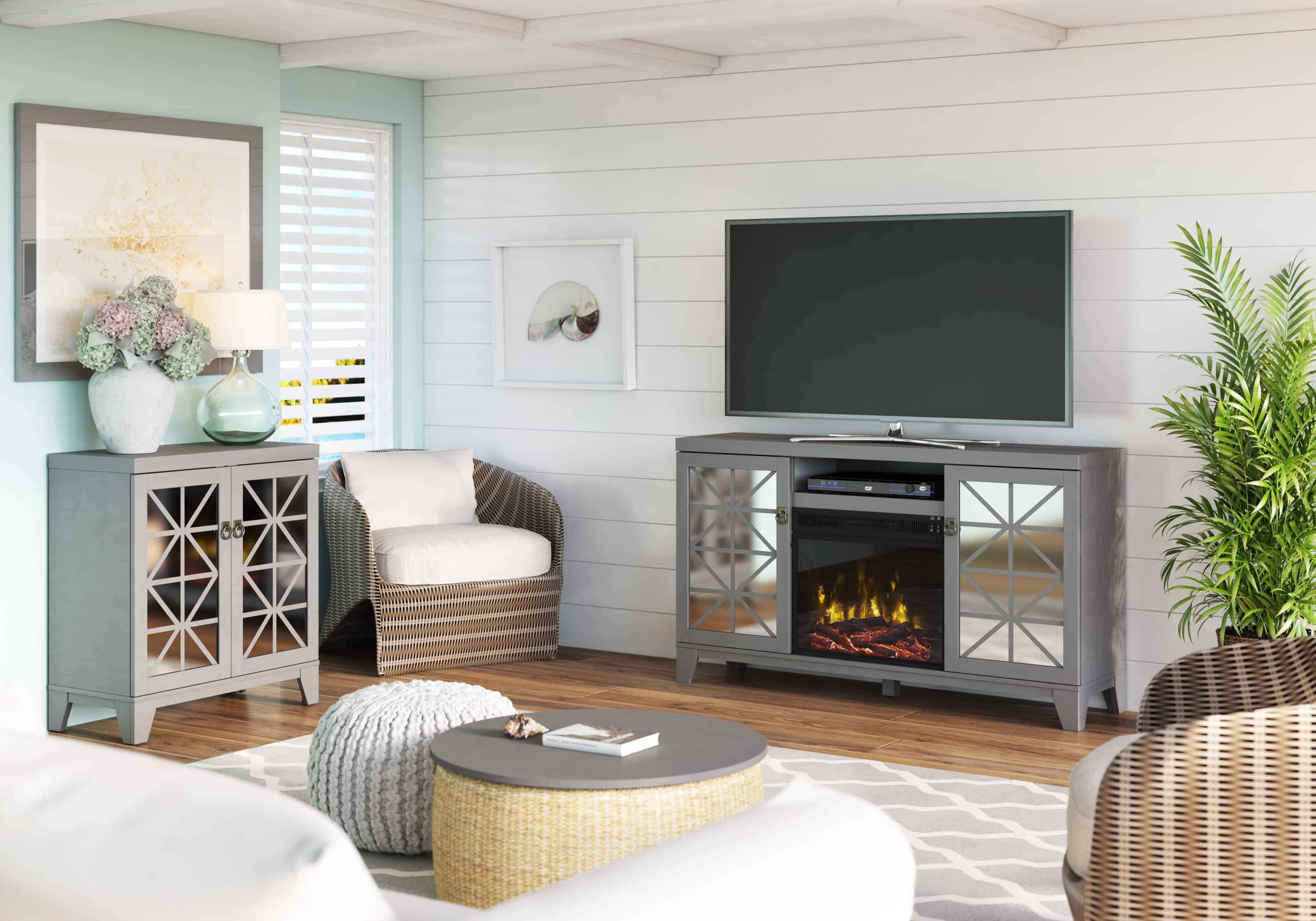

















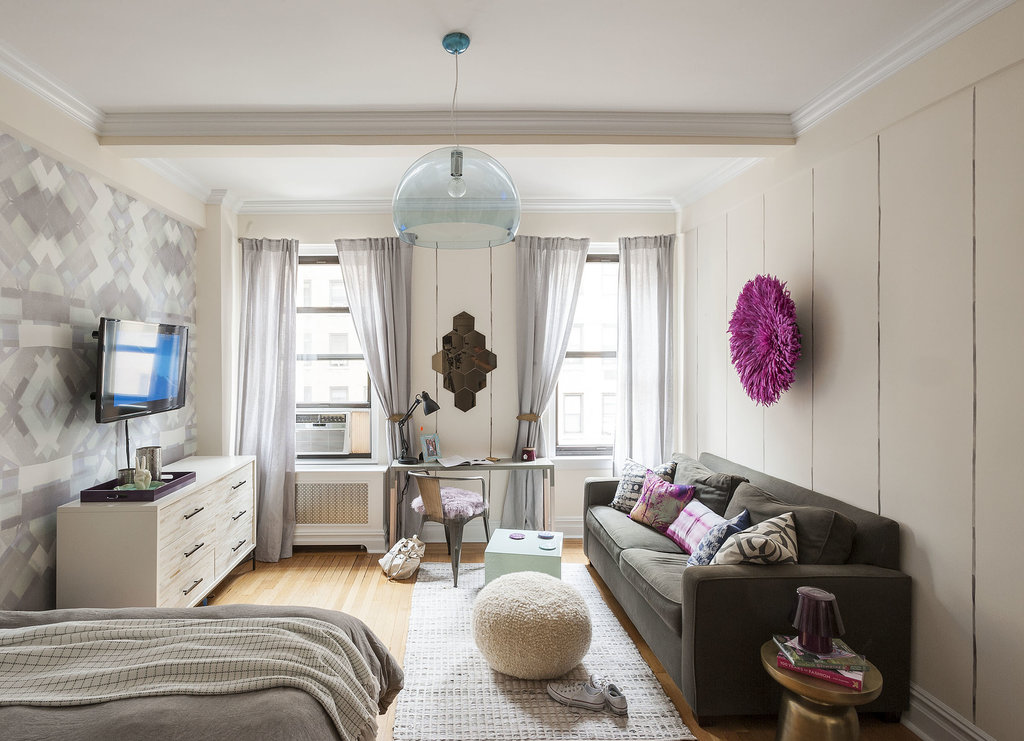
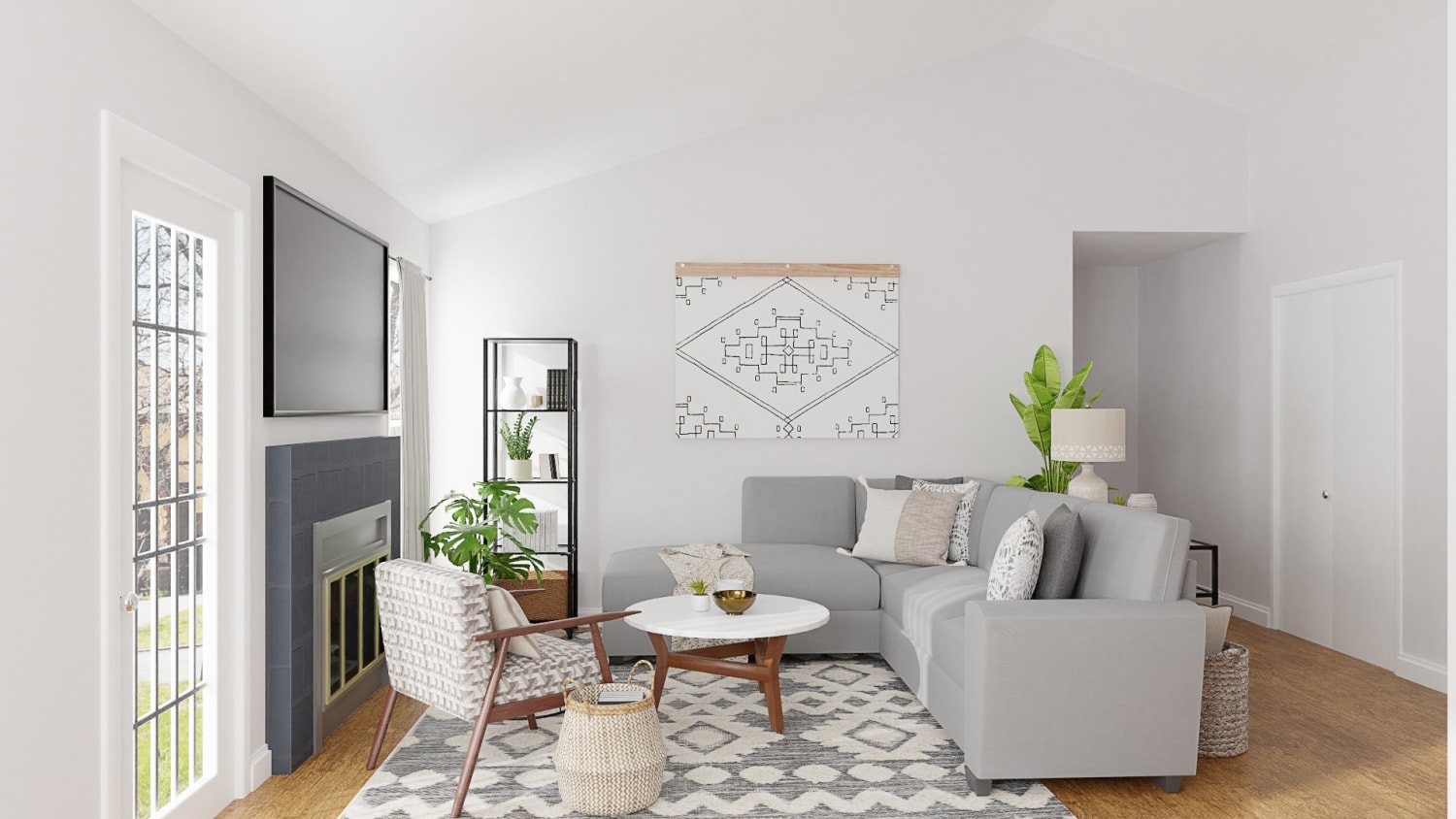



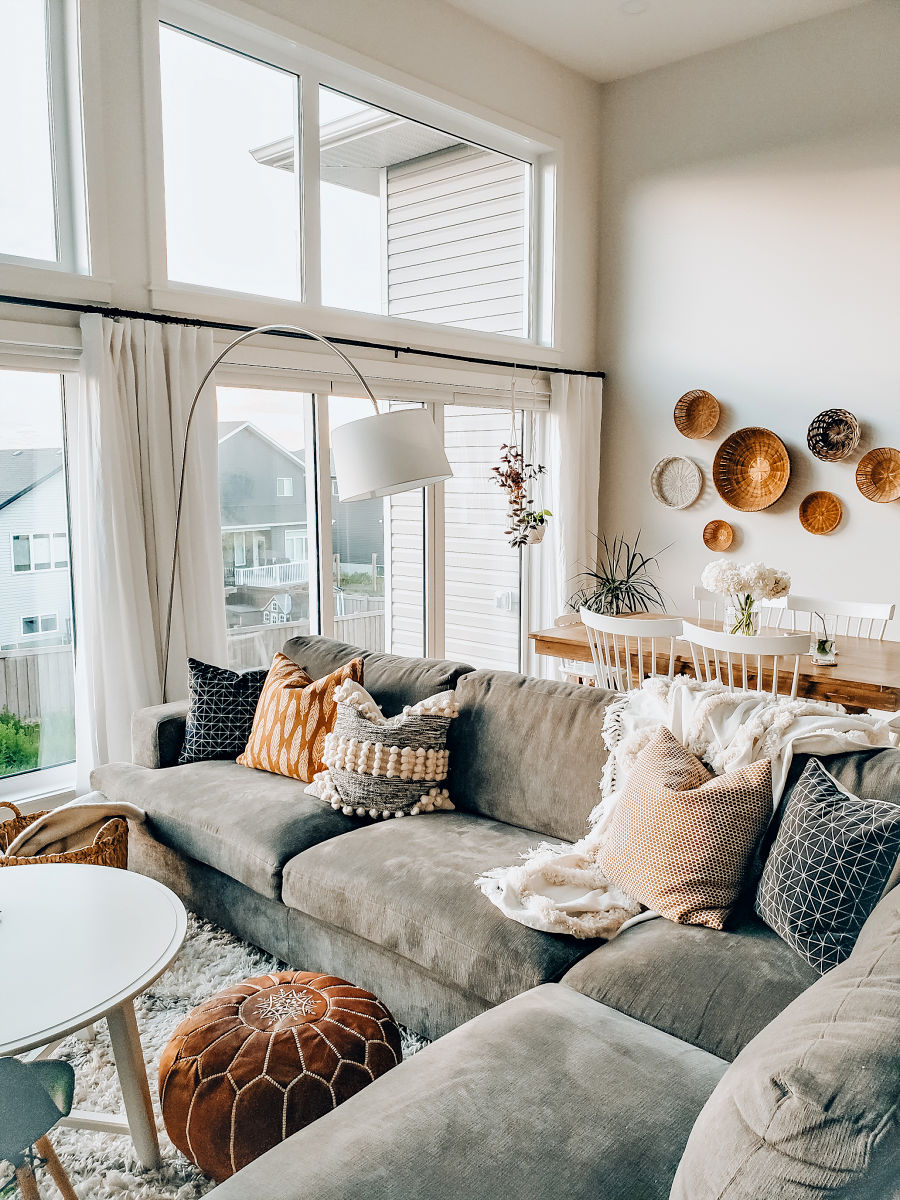
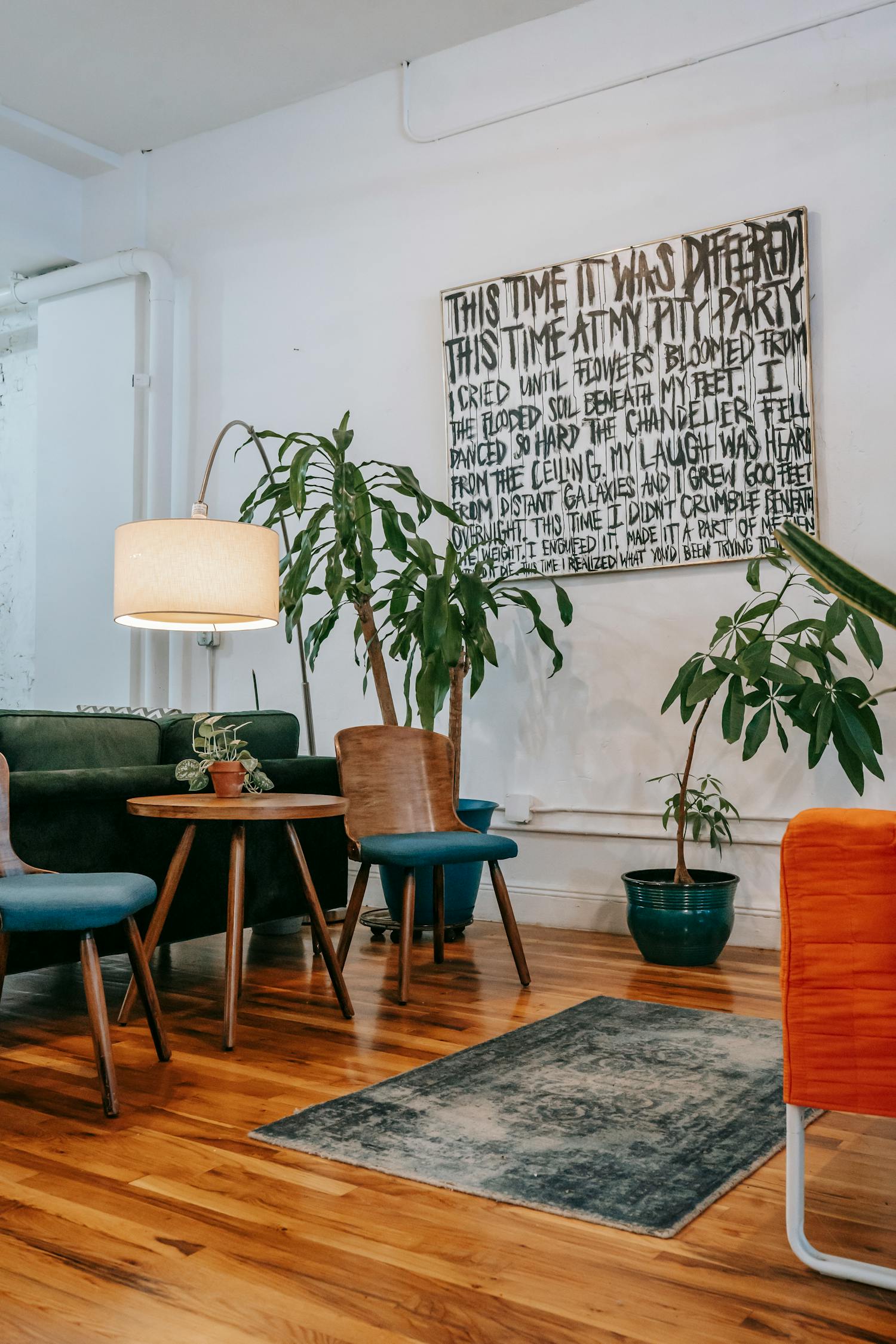
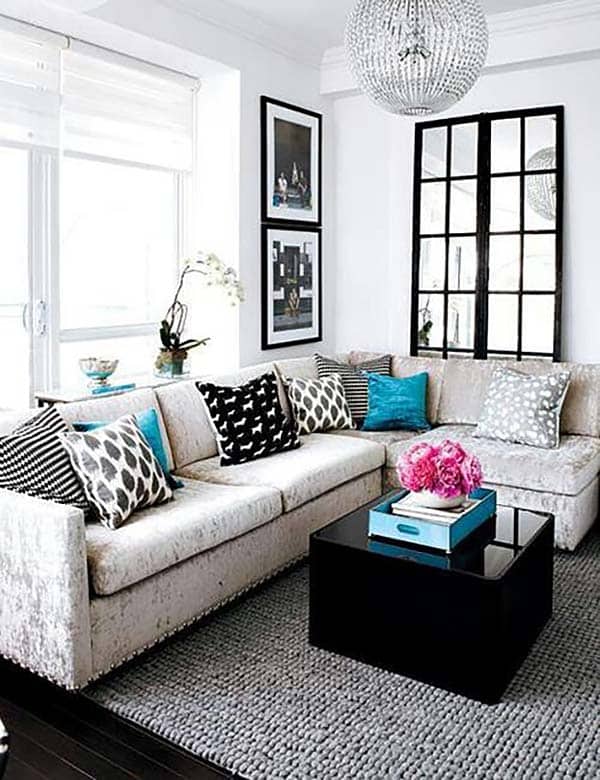


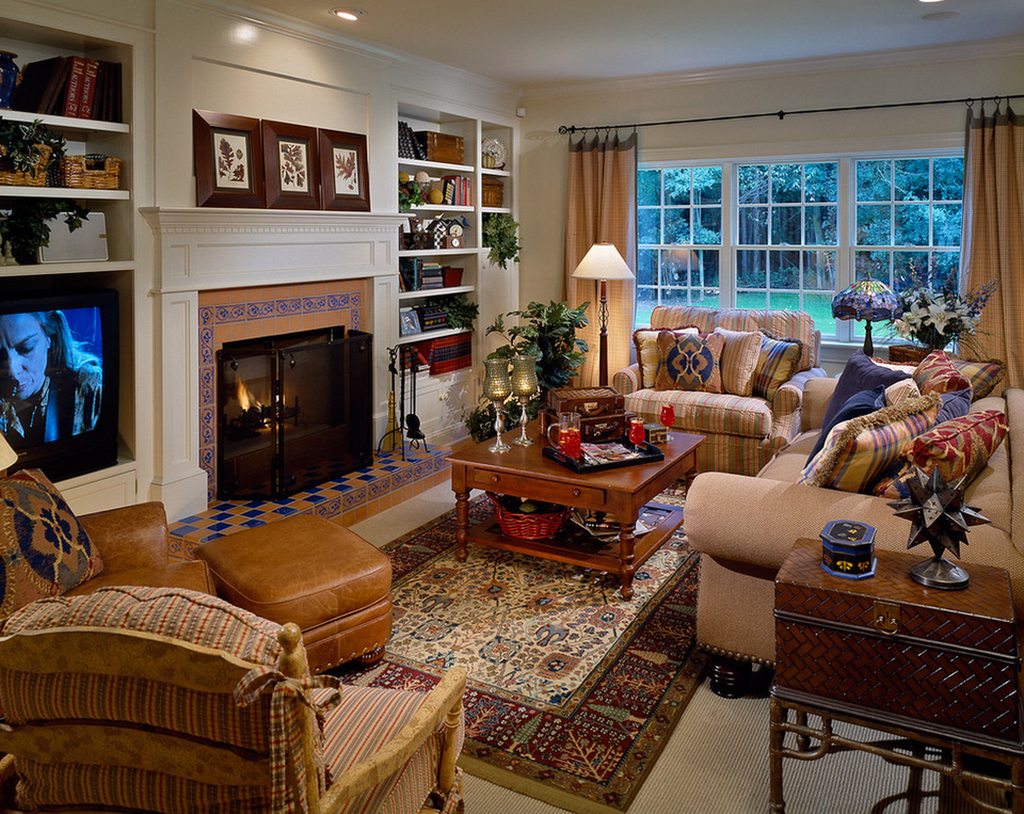
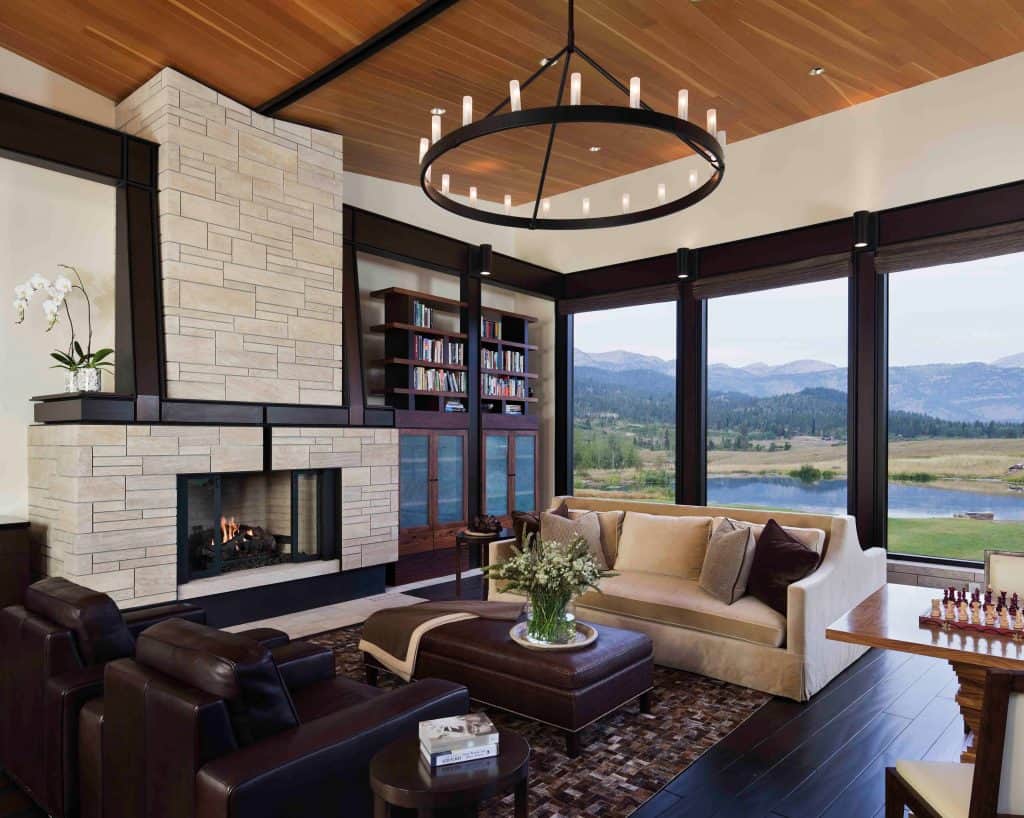
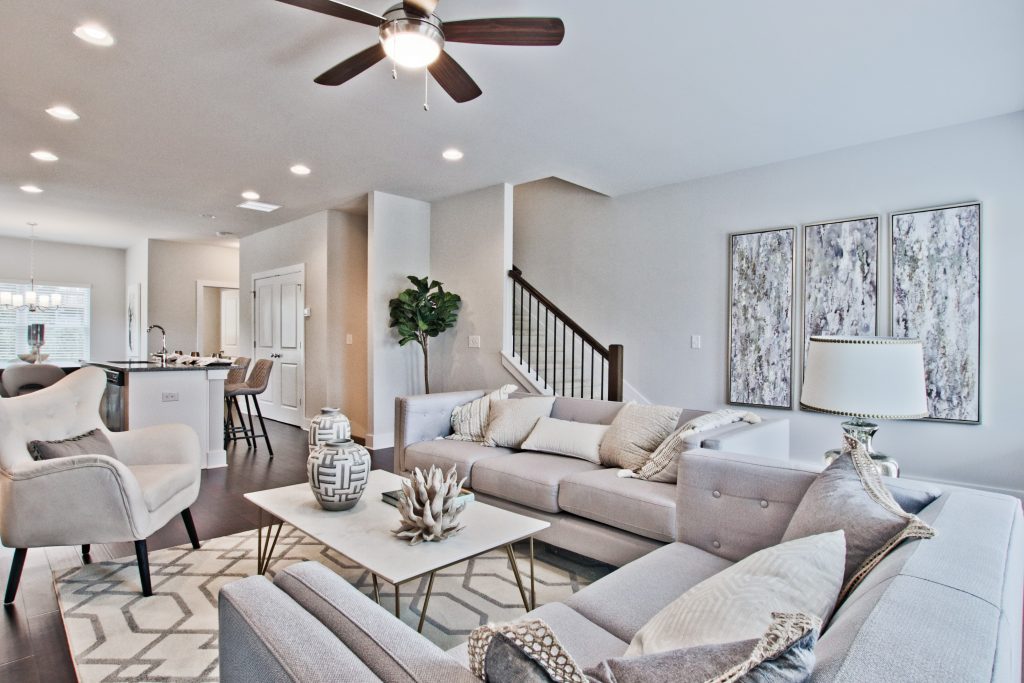
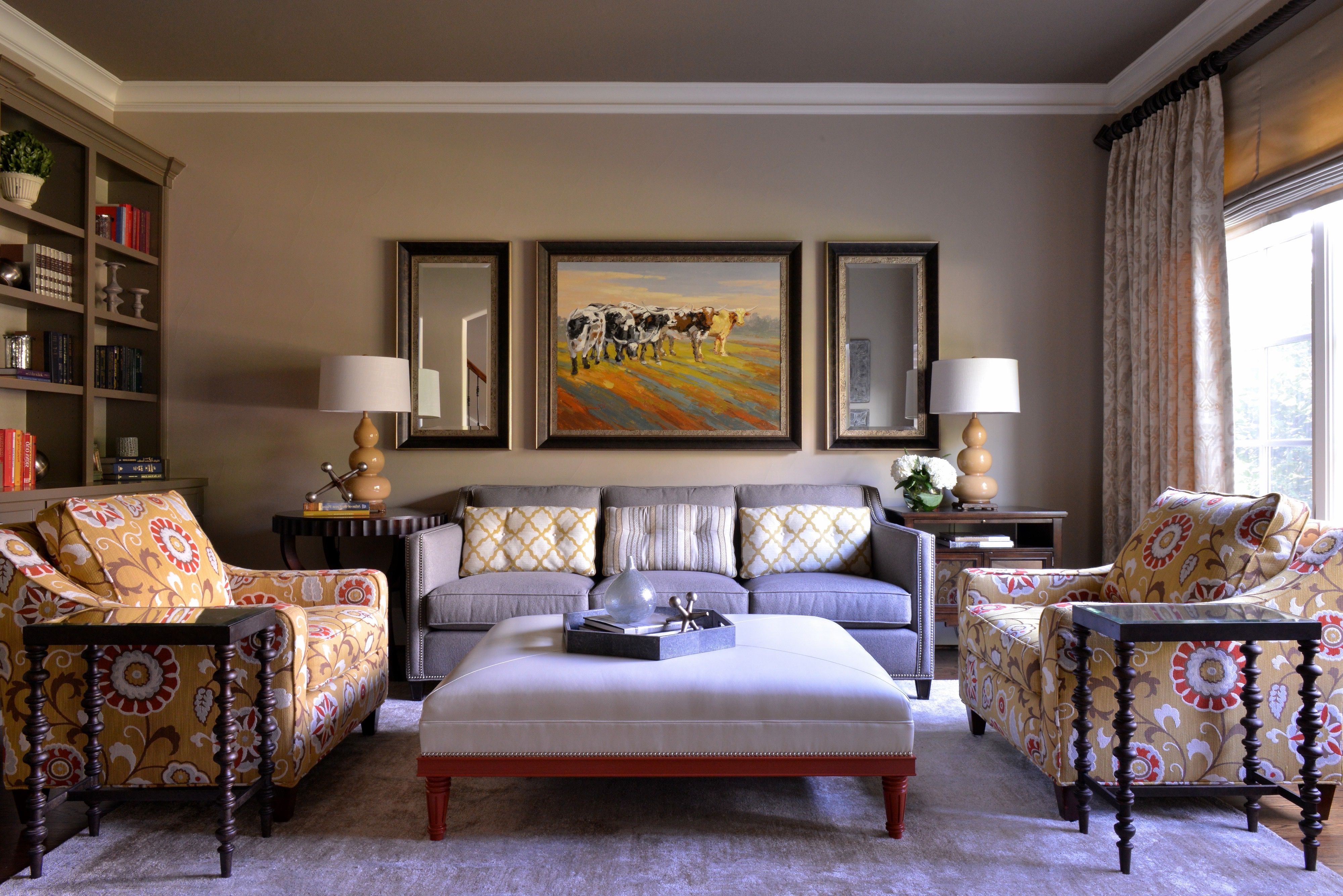
/Living-room-with-plaid-and-leather-furniture-589faf575f9b58819cb3fb05.png)







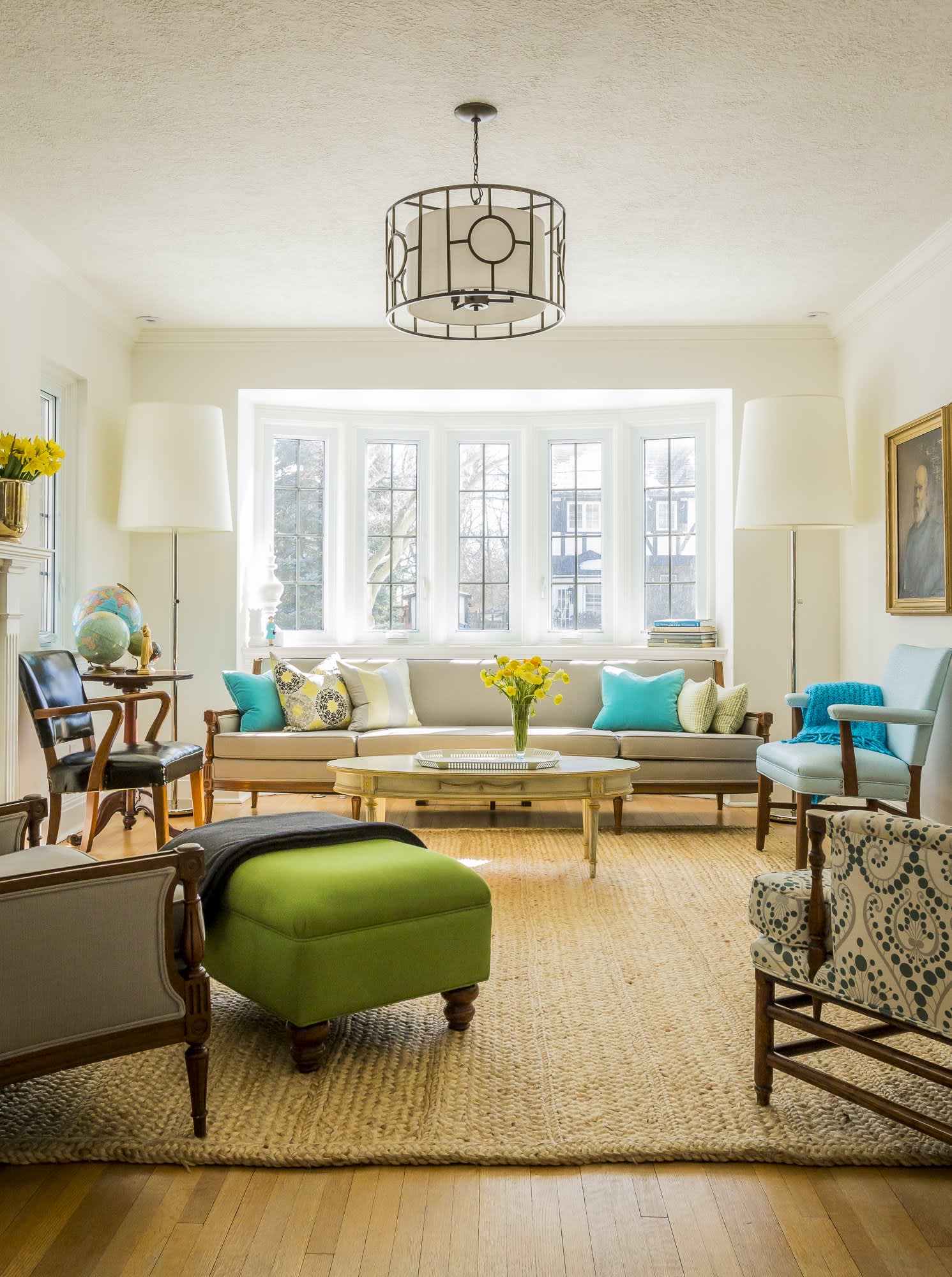

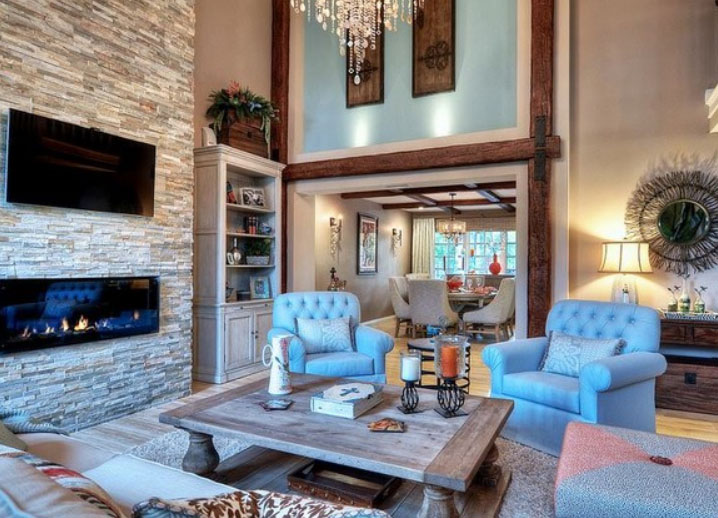


/rules-for-arranging-furniture-2213418-01-0ce5fc6a876342d693cef4e11367d098.jpg)





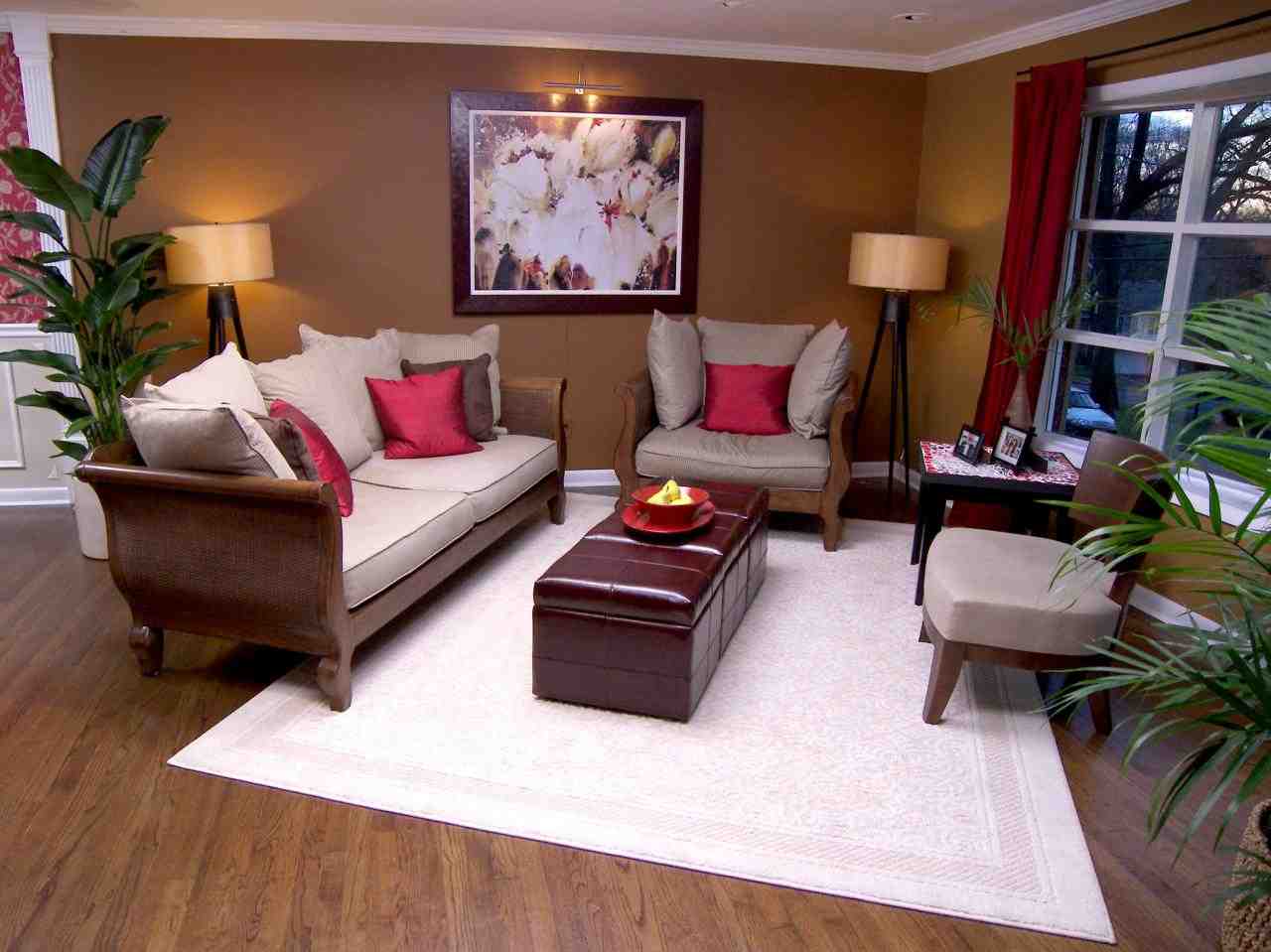

/GettyImages-1093510322-bdcf13ae33e74480934cf9b0e6658e3a.jpg)
